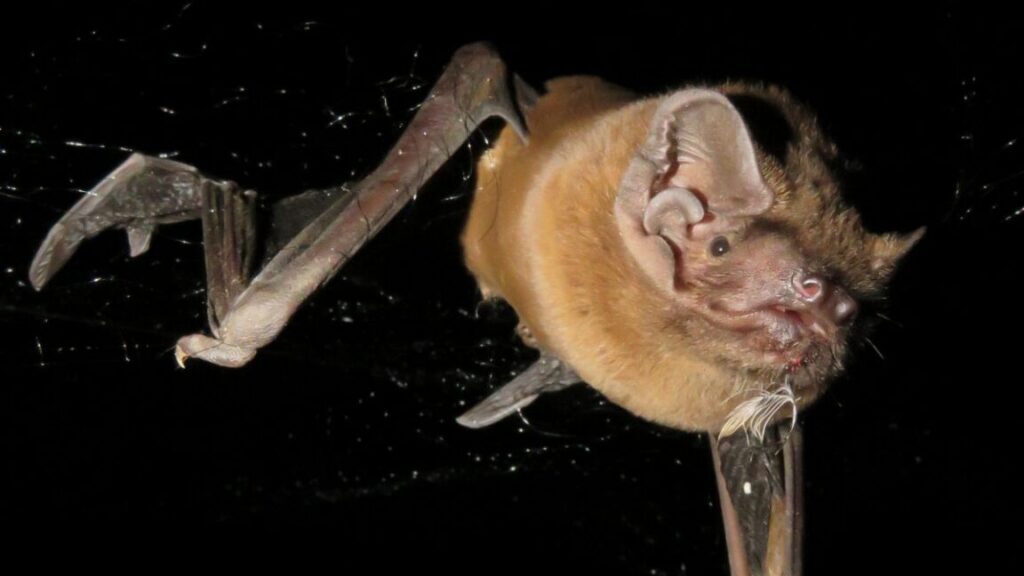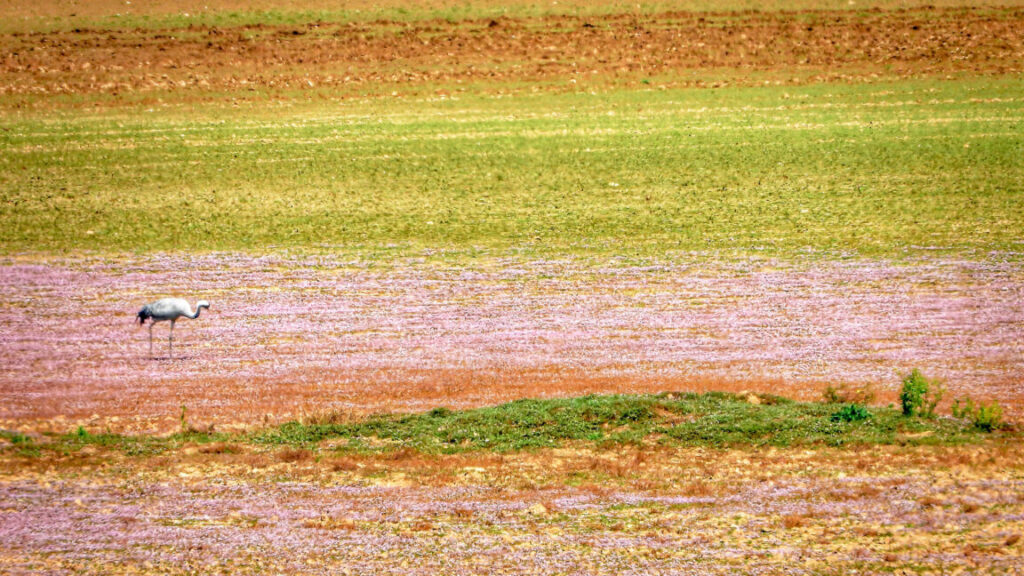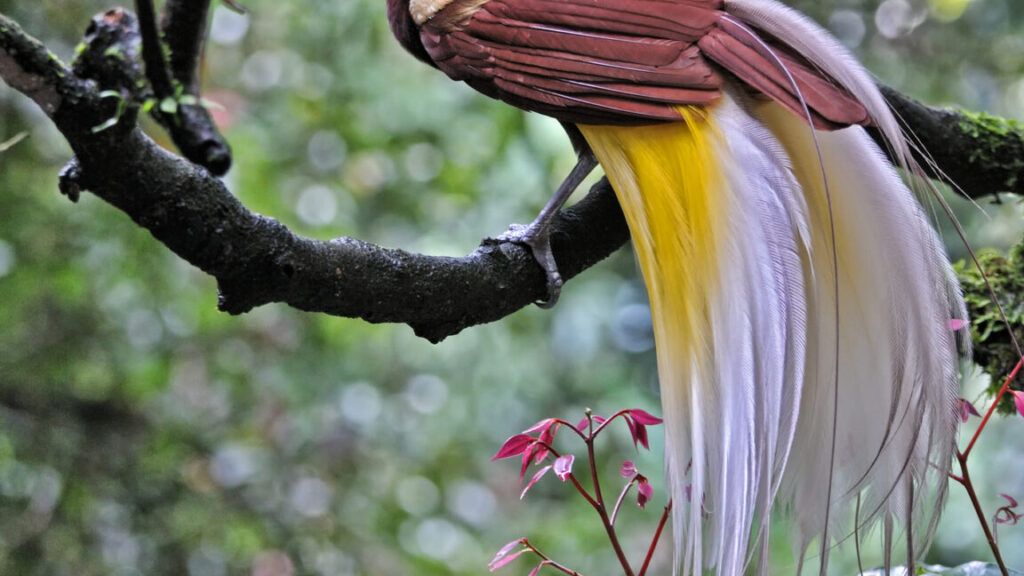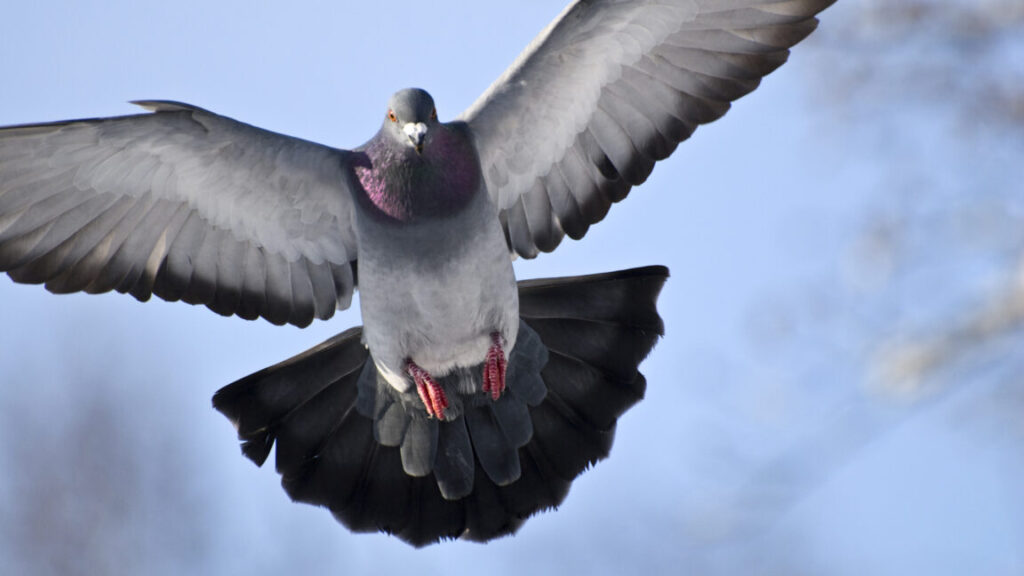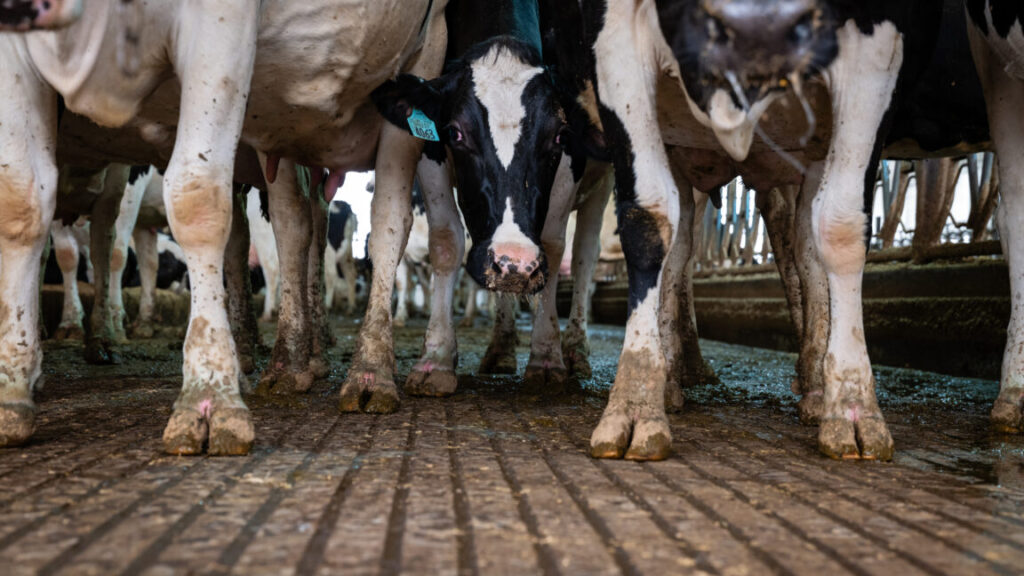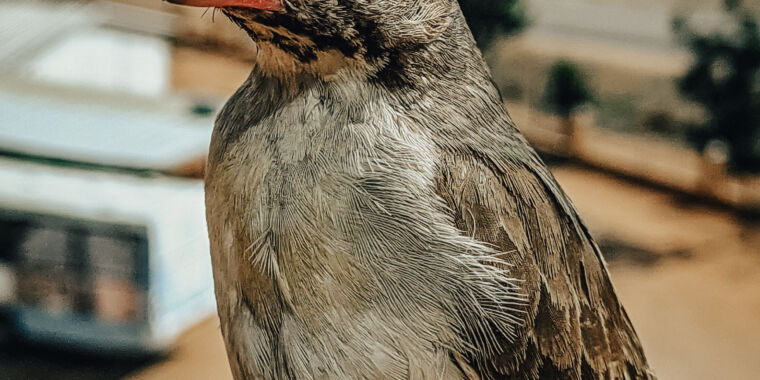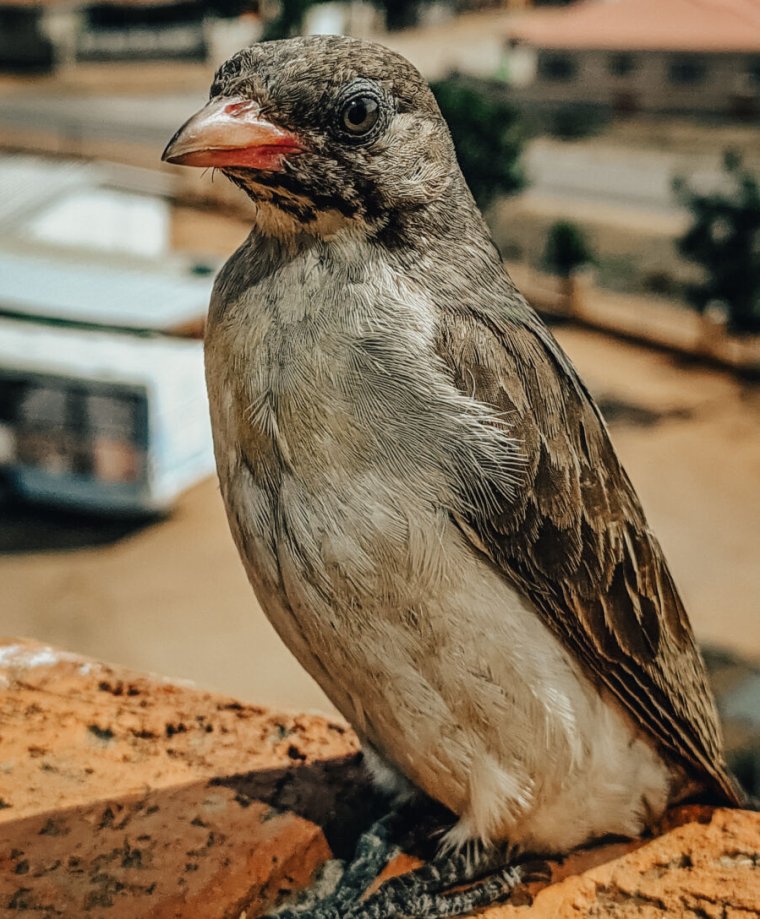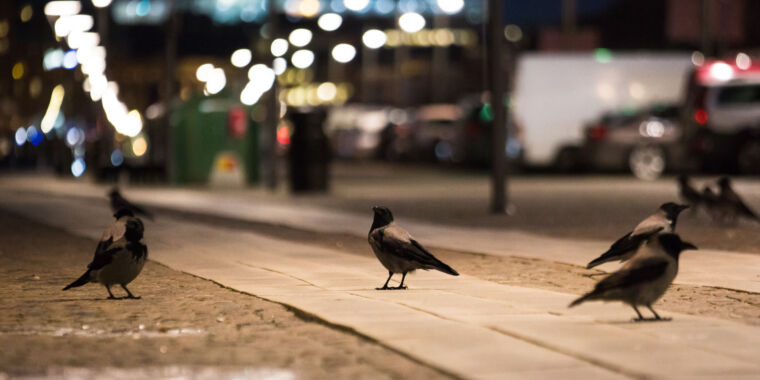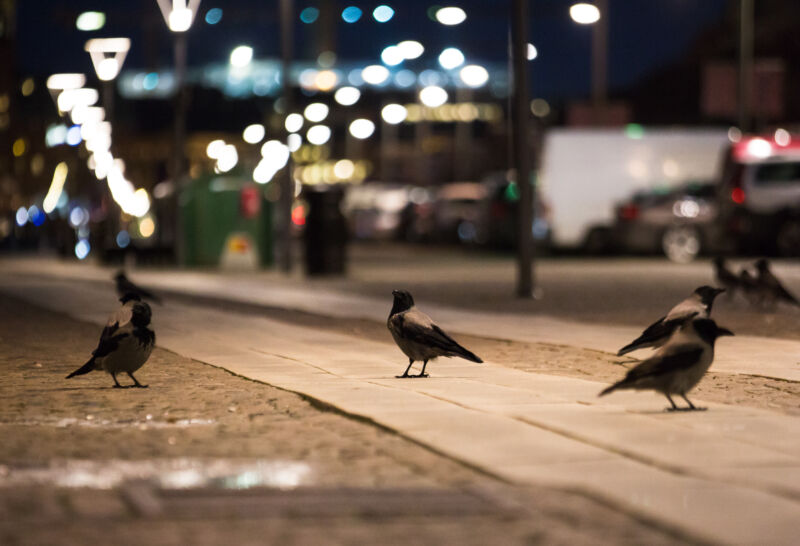Not every farmer is thrilled to host birds. Some worry about the spread of avian flu, others are concerned that the birds will eat too much of their valuable crops. But as an unstable climate delivers too little water, careening temperatures and chaotic storms, the fates of human food production and birds are ever more linked—with the same climate anomalies that harm birds hurting agriculture too.
In some places, farmer cooperation is critical to the continued existence of whooping cranes and other wetland-dependent waterbird species, close to one-third of which are experiencing declines. Numbers of waterfowl (think ducks and geese) have crashed by 20 percent since 2014, and long-legged wading shorebirds like sandpipers have suffered steep population losses. Conservation-minded biologists, nonprofits, government agencies, and farmers themselves are amping up efforts to ensure that each species survives and thrives. With federal support in the crosshairs of the Trump administration, their work is more important (and threatened) than ever.
Their collaborations, be they domestic or international, are highly specific, because different regions support different kinds of agriculture—grasslands, or deep or shallow wetlands, for example, favored by different kinds of birds. Key to the efforts is making it financially worthwhile for farmers to keep—or tweak—practices to meet bird forage and habitat needs.
Traditional crawfish-and-rice farms in Louisiana, as well as in Gentz’s corner of Texas, mimic natural freshwater wetlands that are being lost to saltwater intrusion from sea level rise. Rice grows in fields that are flooded to keep weeds down; fields are drained for harvest by fall. They are then re-flooded to cover crawfish burrowed in the mud; these are harvested in early spring—and the cycle begins again.
That second flooding coincides with fall migration—a genetic and learned behavior that determines where birds fly and when—and it lures massive numbers of egrets, herons, bitterns, and storks that dine on the crustaceans as well as on tadpoles, fish, and insects in the water.
On a biodiverse crawfish-and-rice farm, “you can see 30, 40, 50 species of birds, amphibians, reptiles, everything,” says Elijah Wojohn, a shorebird conservation biologist at nonprofit Manomet Conservation Sciences in Massachusetts. In contrast, if farmers switch to less water-intensive corn and soybean production in response to climate pressures, “you’ll see raccoons, deer, crows, that’s about it.” Wojohn often relies on word-of-mouth to hook farmers on conservation; one learned to spot whimbrel, with their large, curved bills, got “fired up” about them and told all his farmer friends. Such farmer-to-farmer dialogue is how you change things among this sometimes change-averse group, Wojohn says.
In the Mississippi Delta and in California, where rice is generally grown without crustaceans, conservation organizations like Ducks Unlimited have long boosted farmers’ income and staying power by helping them get paid to flood fields in winter for hunters. This attracts overwintering ducks and geese—considered an extra “crop”—that gobble leftover rice and pond plants; the birds also help to decompose rice stalks so farmers don’t have to remove them. Ducks Unlimited’s goal is simple, says director of conservation innovation Scott Manley: Keep rice farmers farming rice. This is especially important as a changing climate makes that harder. 2024 saw a huge push, with the organization conserving 1 million acres for waterfowl.
Some strategies can backfire. In Central New York, where dwindling winter ice has seen waterfowl lingering past their habitual migration times, wildlife managers and land trusts are buying less productive farmland to plant with native grasses; these give migratory fuel to ducks when not much else is growing. But there’s potential for this to produce too many birds for the land available back in their breeding areas, says Andrew Dixon, director of science and conservation at the Mohamed Bin Zayed Raptor Conservation Fund in Abu Dhabi, and coauthor of an article about the genetics of bird migration in the 2024 Annual Review of Animal Biosciences. This can damage ecosystems meant to serve them.
Recently, conservation efforts spanning continents and thousands of miles have sprung up. One seeks to protect buff-breasted sandpipers. As they migrate 18,000 miles to and from the High Arctic where they nest, the birds experience extreme hunger—hyperphagia—that compels them to voraciously devour insects in short grasses where the bugs proliferate. But many stops along the birds’ round-trip route are threatened. There are water shortages affecting agriculture in Texas, where the birds forage at turf grass farms; grassland loss and degradation in Paraguay; and in Colombia, conversion of forage lands to exotic grasses and rice paddies these birds cannot use.
Conservationists say it’s critical to protect habitat for “buffies” all along their route, and to ensure that the winters these small shorebirds spend around Uruguay’s coastal lagoons are a food fiesta. To that end, Manomet conservation specialist Joaquín Aldabe, in partnership with Uruguay’s agriculture ministry, has so far taught 40 local ranchers how to improve their cattle grazing practices. Rotationally moving the animals from pasture to pasture means grasses stay the right length for insects to flourish.
There are no easy fixes in the North American northwest, where bird conservation is in crisis. Extreme drought is causing breeding grounds, molting spots, and migration stopover sites to vanish. It is also endangering the livelihoods of farmers, who feel the push to sell land to developers. From Southern Oregon to Central California, conservation allies have provided monetary incentives for water-strapped grain farmers to leave behind harvest debris to improve survivability for the 1 billion birds that pass through every year, and for ranchers to flood-irrigate unused pastures.
One treacherous leg of the northwest migration route is the parched Klamath Basin of Oregon and California. For three recent years, “we saw no migrating birds. I mean, the peak count was zero,” says John Vradenburg, supervisory biologist of the Klamath Basin National Wildlife Refuge Complex. He and myriad private, public, and Indigenous partners are working to conjure more water for the basin’s human and avian denizens, as perennial wetlands become seasonal wetlands, seasonal wetlands transition to temporary wetlands, and temporary wetlands turn to arid lands.
Taking down four power dams and one levee has stretched the Klamath River’s water across the landscape, creating new streams and connecting farm fields to long-separated wetlands. But making the most of this requires expansive thinking. Wetland restoration—now endangered by loss of funding from the current administration—would help drought-afflicted farmers by keeping water tables high. But what if farmers could also receive extra money for their businesses via eco-credits, akin to carbon credits, for the work those wetlands do to filter-clean farm runoff? And what if wetlands could function as aquaculture incubators for juvenile fish, before stocking rivers? Klamath tribes are invested in restoring endangered c’waam and koptu sucker fish, and this could help them achieve that goal.
As birds’ traditional resting and nesting spots become inhospitable, a more sobering question is whether improvements can happen rapidly enough. The blistering pace of climate change gives little chance for species to genetically adapt, although some are changing their behaviors. That means that the work of conservationists to find and secure adequate, supportive farmland and rangeland as the birds seek out new routes has become a sprint against time.
This story originally appeared at Knowable Magazine.
